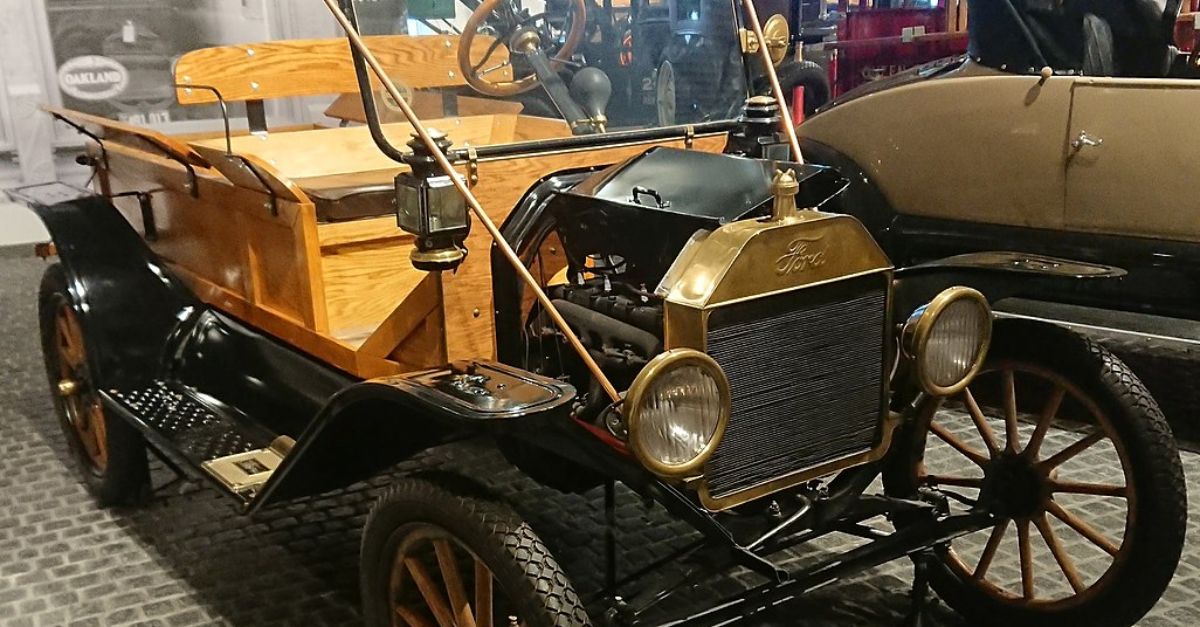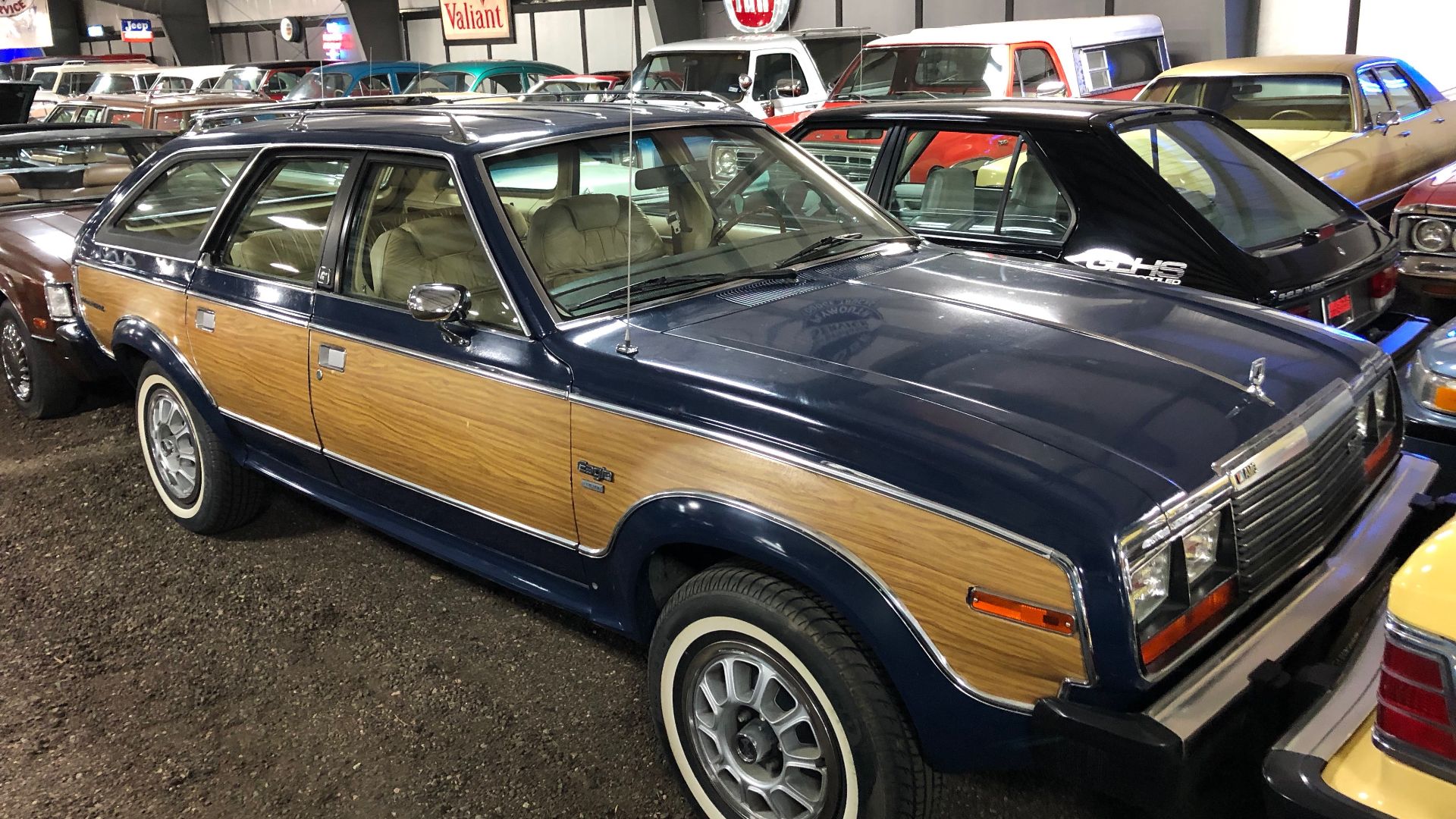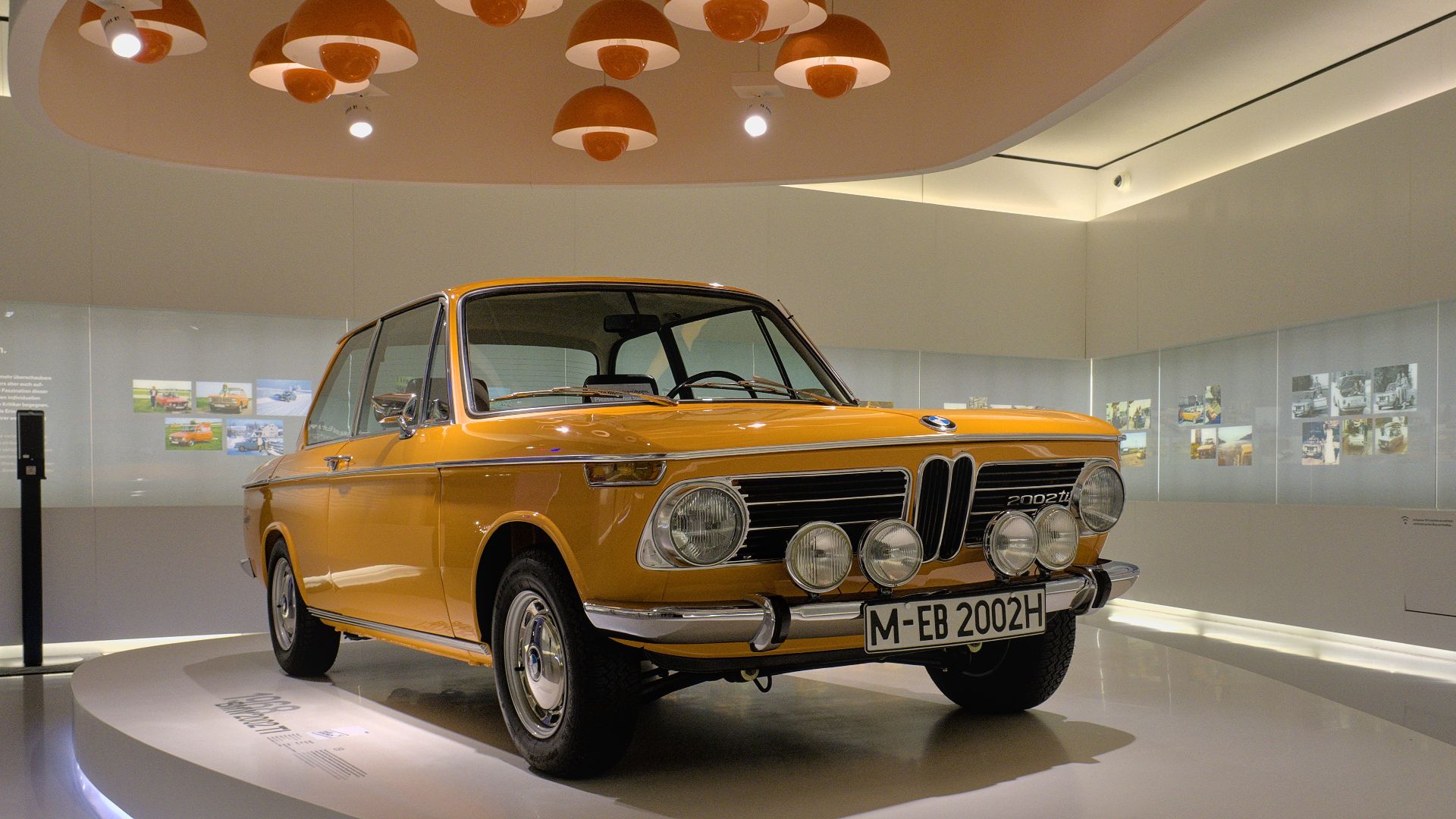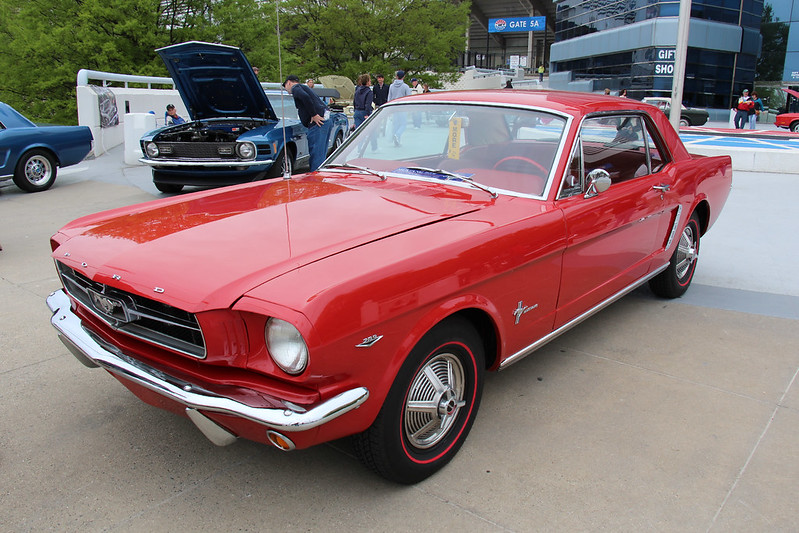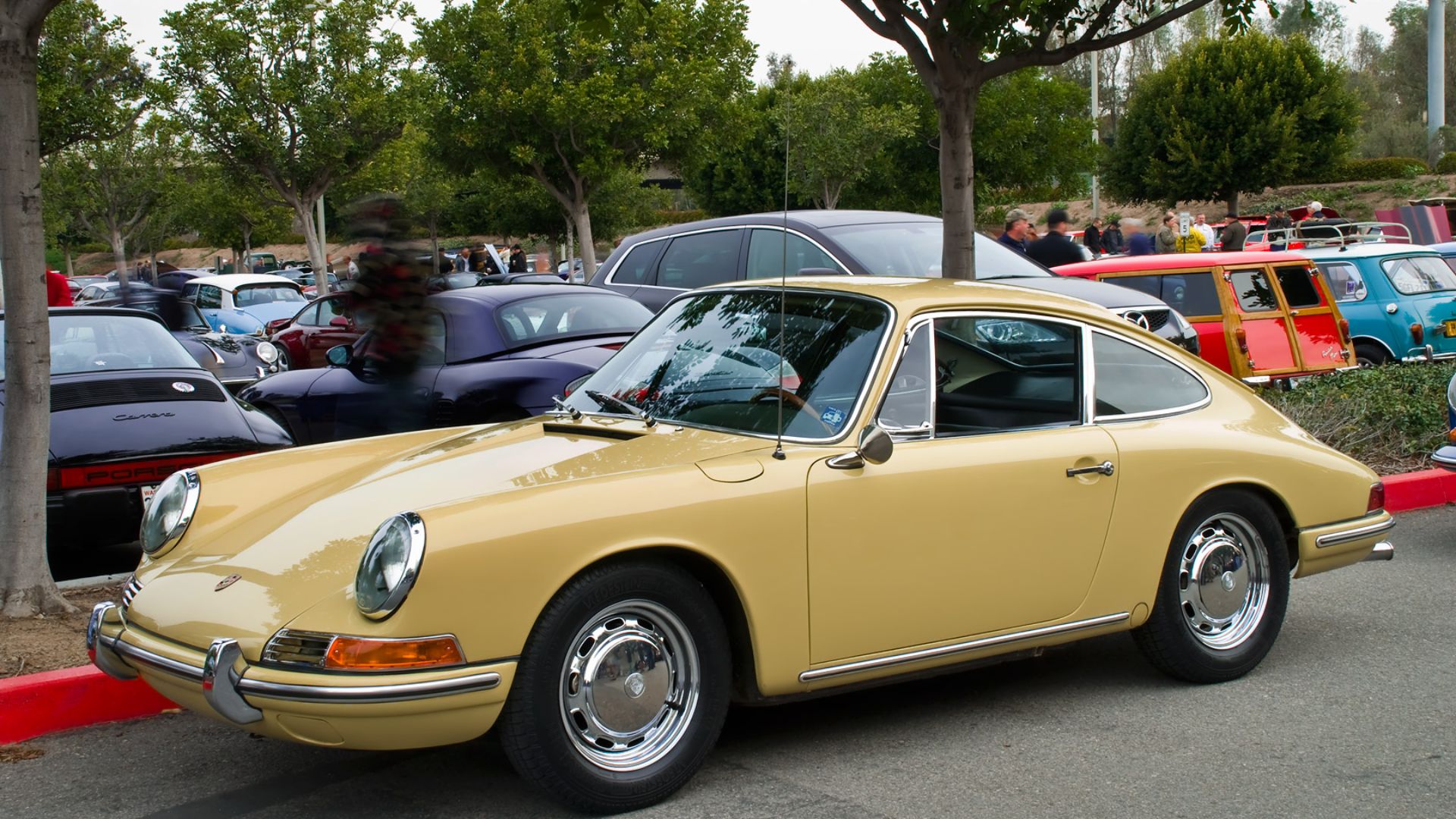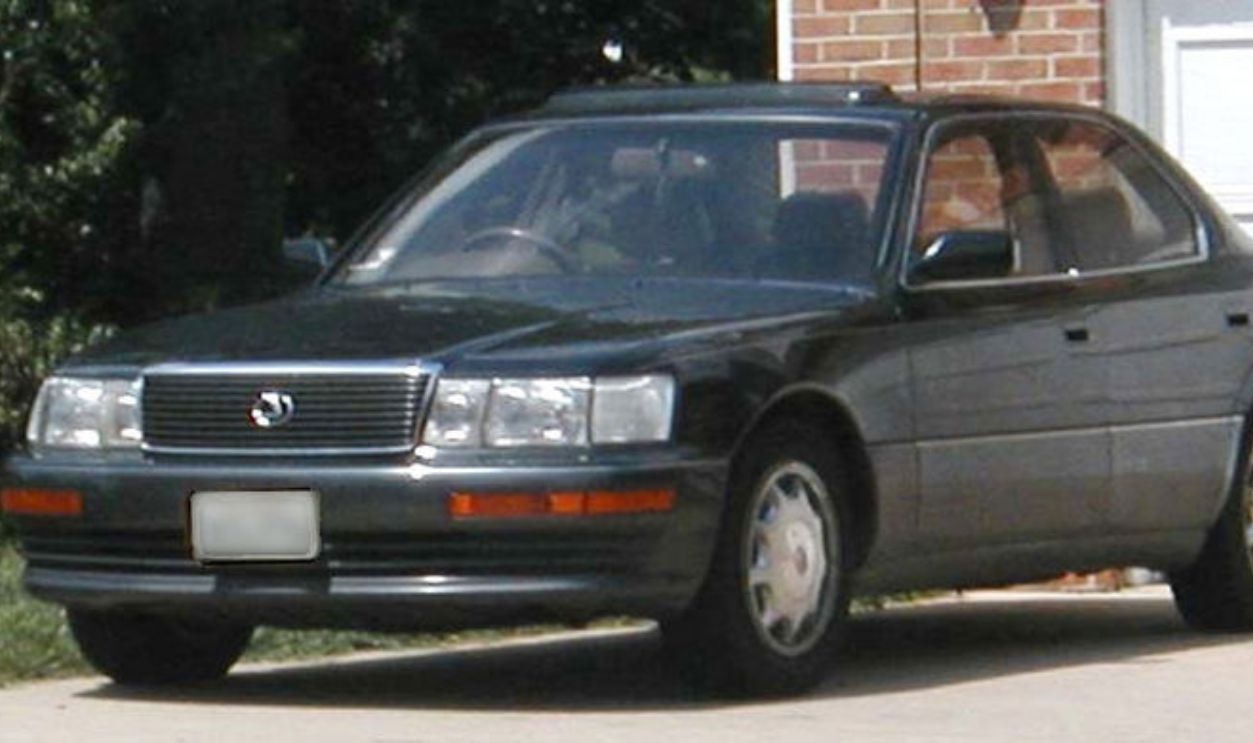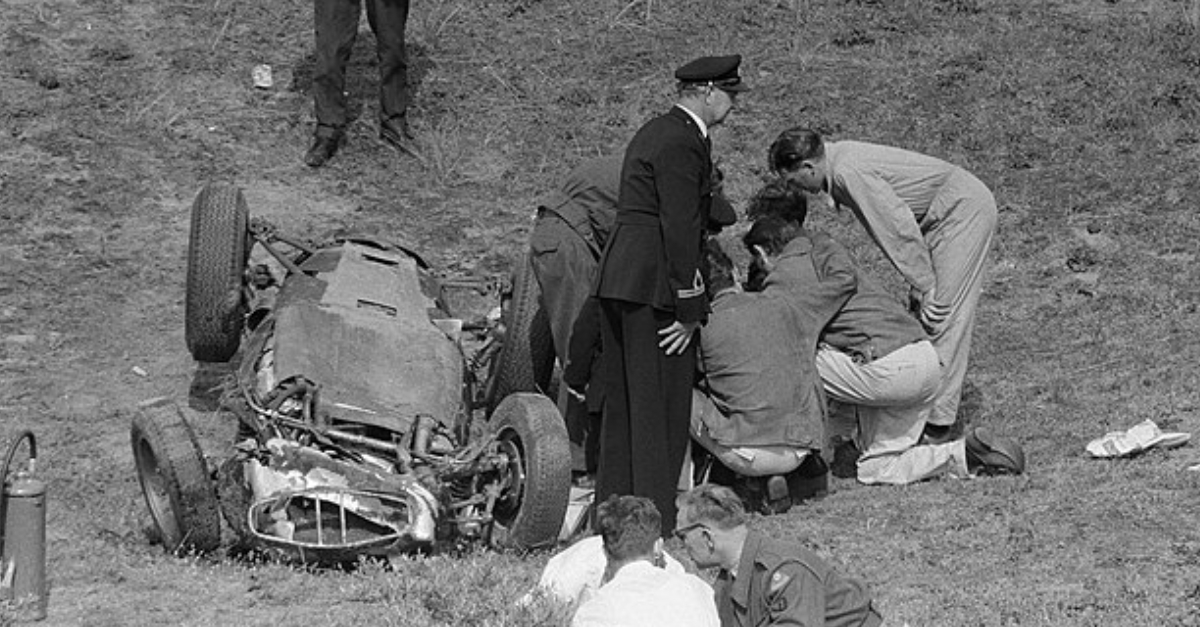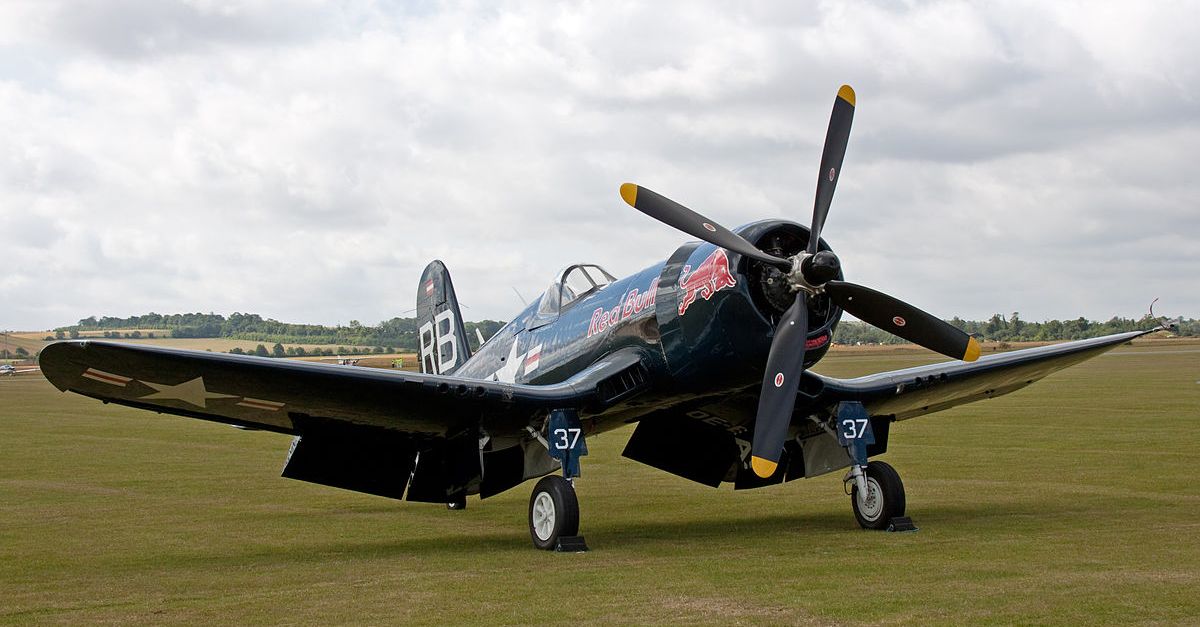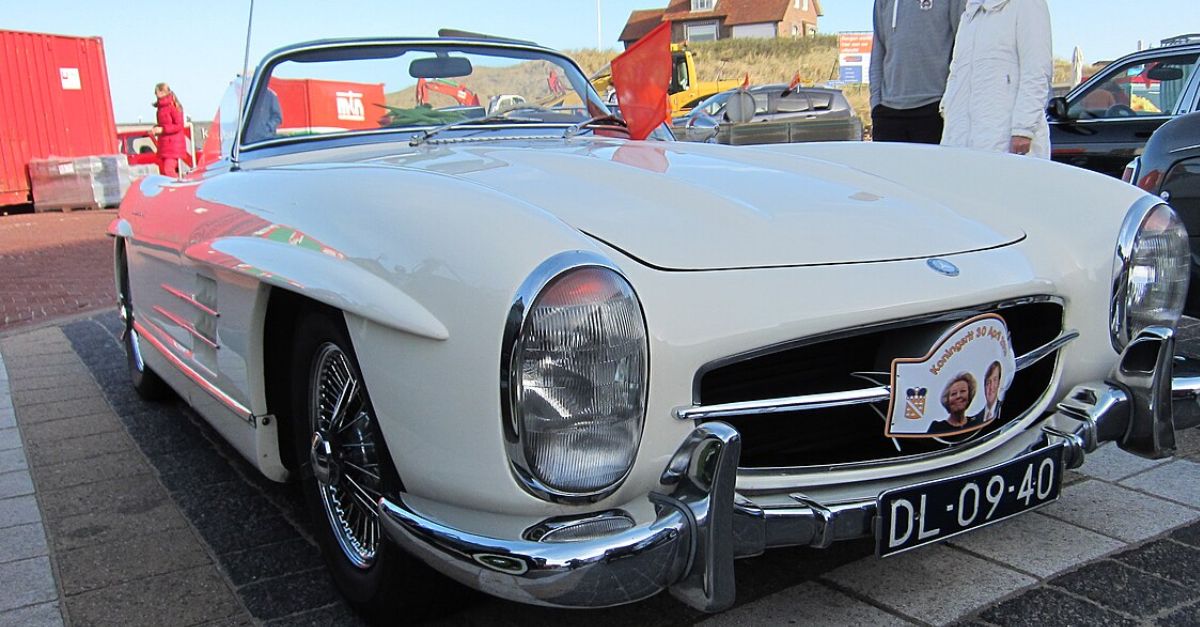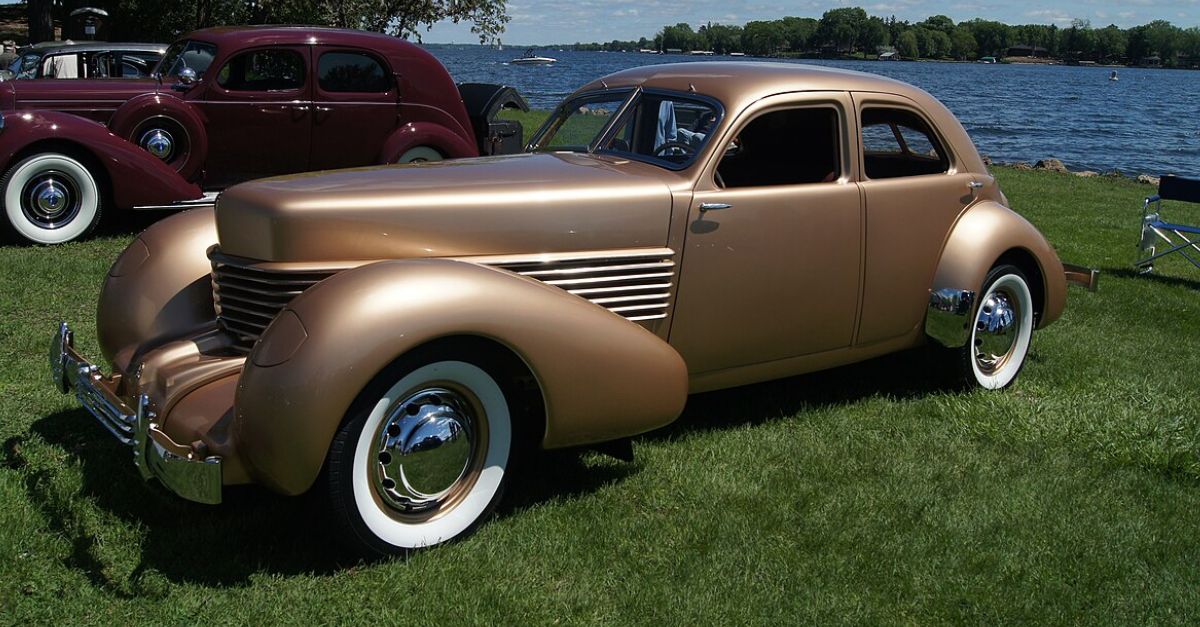Legends Against All Odds
Some cars roar onto the scene by flipping critics' predictions upside down. These surprising hits defy market forecasts by offering drivers experiences nobody anticipated with a lasting legacy that stood the test of time.

Mazda MX-5 Miata (1989)
Affordable convertibles seemed long-gone—until Mazda dropped the MX-5 Miata. With sleek curves and balanced handling, it became a surprise bestseller. In 2000, the Guinness Book of World Records stated that the MX-5 was the best-selling two-seat sports car in history. It proves that simplicity sells.
 SsmIntrigue, CC-BY-SA-4.0, Wikimedia Commons
SsmIntrigue, CC-BY-SA-4.0, Wikimedia Commons
Jaguar E-Type (1961)
Jaguar expected modest success from the E-Type, but its gorgeous curves and thrilling performance stunned the automotive world. Even Enzo Ferrari reportedly called it "the most beautiful car ever made". British engineering defined automotive elegance worldwide. An unexpected superstar, it transformed Jaguar's reputation overnight, becoming legendary.
 DeFacto, CC BY-SA 4.0, Wikimedia Commons
DeFacto, CC BY-SA 4.0, Wikimedia Commons
AMC Eagle (1980)
Long before crossovers were cool, AMC boldly blended car comfort with SUV capabilities in the quirky Eagle. Critics raised eyebrows, but the Eagle won hearts through versatility and surprising reliability. Unexpectedly popular, this oddball vehicle pioneered today's crossover craze to prove that AMC's gamble was decades ahead of its time.
Mazda RX-7 FD (1992)
Few believed Mazda's rotary engine could thrive—then came the RX-7 FD. Sleek and razor-sharp handling silenced skeptics instantly and its unique rotary buzz and head-turning looks earned global admiration. Surpassing Mazda's own hopes, the RX-7 FD became a 1990s performance icon, redefining Japanese sports cars for generations.
 1992 FD Mazda RX-7 | Pure Rotary Engine Sound, Accelerations & Fly-By's | DriveHub by DriveHub
1992 FD Mazda RX-7 | Pure Rotary Engine Sound, Accelerations & Fly-By's | DriveHub by DriveHub
Chrysler PT Cruiser (2000)
With retro styling inspired by the 1930s legends, the PT Cruiser looked more quirky than promising. But buyers loved its charm and roomy cabin. Chrysler's odd throwback design was cool, exceeding all sales expectations. By the end of its production in 2010, 1.35 million units were produced.
 2000 Chrysler PT Cruiser [2.0 i 16V 141 hp] | POV Test Drive #2156 Joe Black by Joe Black
2000 Chrysler PT Cruiser [2.0 i 16V 141 hp] | POV Test Drive #2156 Joe Black by Joe Black
Chevrolet Corvette C4 (1983)
After skipping a model year entirely, Chevy's all-new Corvette C4 faced intense scrutiny. Its radical redesign and high-tech features surprised critics and reignited enthusiasm. Far exceeding expectations, the C4 revitalized America's iconic sports car, paving the way for Corvette's future as a global performance benchmark.
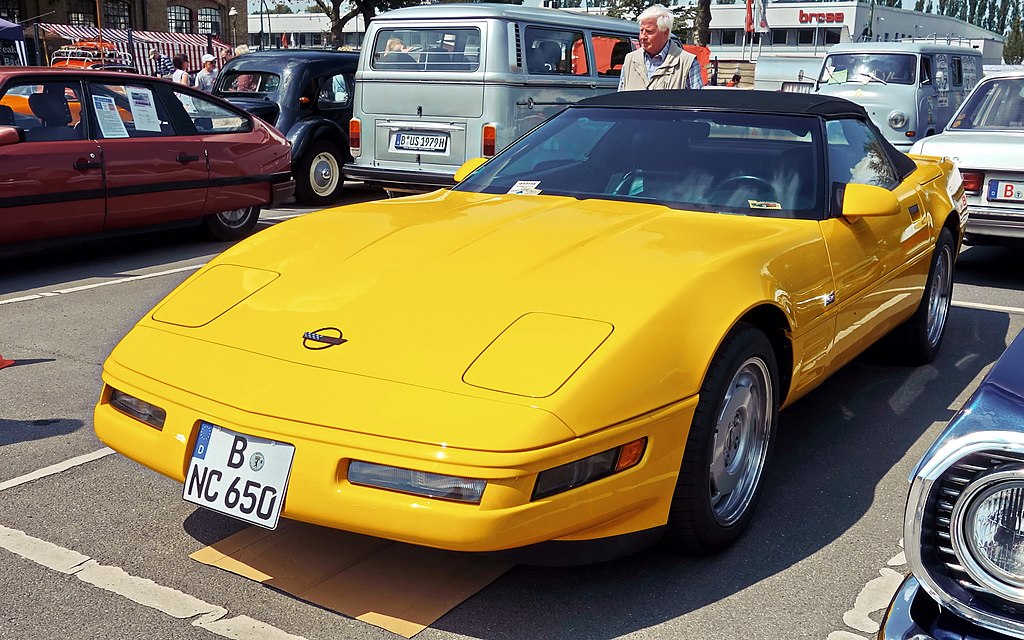 More Cars, CC BY 2.0, Wikimedia Commons
More Cars, CC BY 2.0, Wikimedia Commons
Nissan Juke (2010)
Critics laughed at the Juke's bizarre styling, yet Nissan's funky crossover quickly gained a cult following. Bold and surprisingly fun to drive, it stood apart in a sea of bland SUVs. Outperforming every prediction, this oddball proved being different pays off—showing style doesn't always mean playing it safe.
 2010 Nissan Juke (15787) by Johnny's Used Cars Okinawa
2010 Nissan Juke (15787) by Johnny's Used Cars Okinawa
Ford Maverick (2022)
When Ford released a small, affordable pickup—the Maverick—many Americans questioned if compact trucks could sell again. Surprising everyone, it soared off dealer lots thanks to hybrid efficiency and city-friendly size. America rediscovered compact trucks, proving sometimes less is more, even in the pickup-loving country.
 Elise240SX, CC BY-SA 4.0, Wikimedia Commons
Elise240SX, CC BY-SA 4.0, Wikimedia Commons
Volkswagen Golf GTI (1976)
When Volkswagen took a regular Golf hatchback and added a sporty twist, skeptics rolled their eyes. But the GTI's nimble handling and affordable thrills quickly silenced critics. Practical commuters could embrace the fast lane to change VW's modest hatch into the definitive hot-hatch phenomenon overnight.
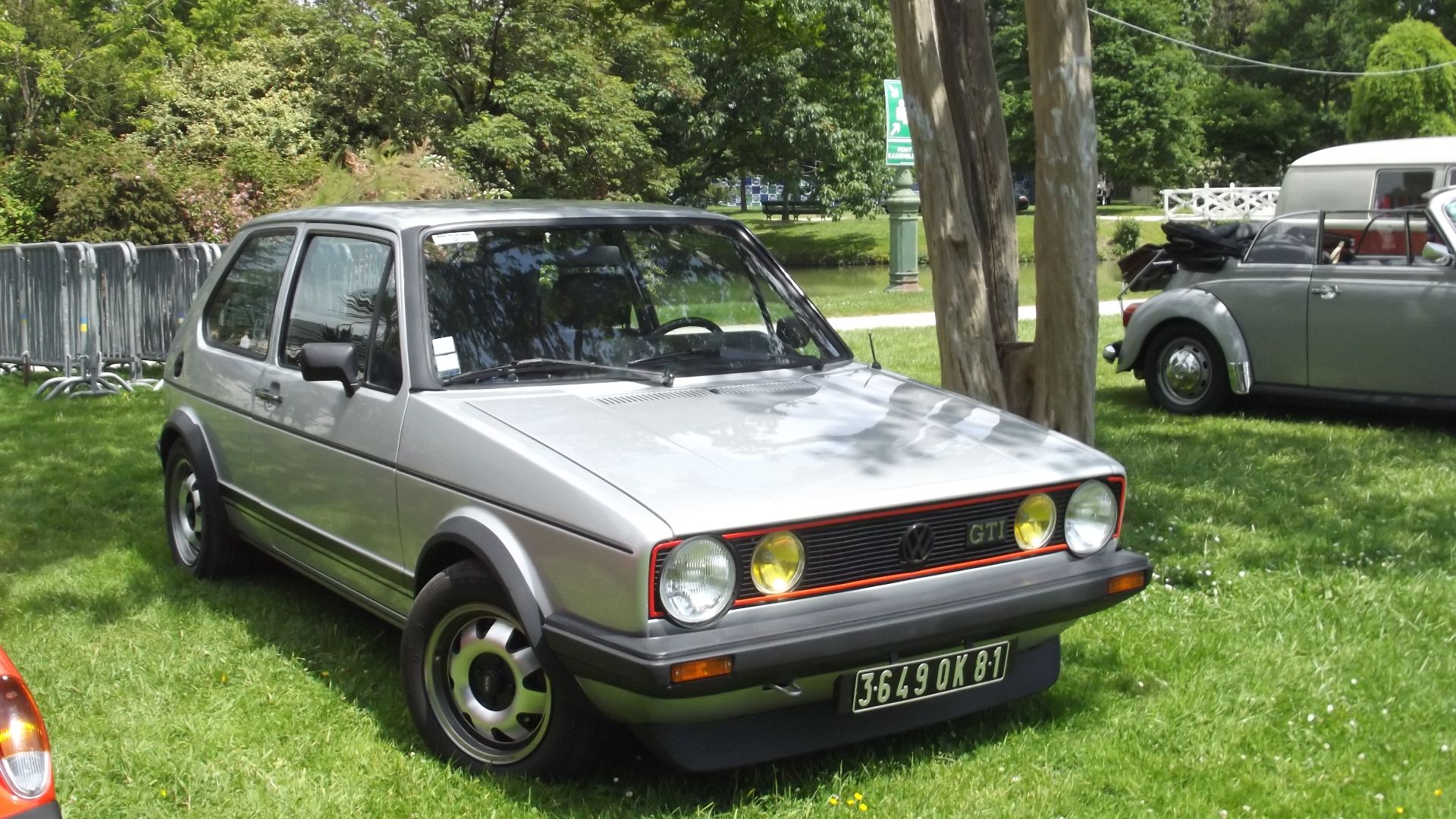 Handelsgeselschaft, Wikimedia Commons
Handelsgeselschaft, Wikimedia Commons
Tesla Model S (2012)
Before the Model S, electric cars meant compromise—slow, short-range, and boxy. Tesla turned stereotypes upside down, delivering a sleek luxury sedan boasting stunning acceleration and impressive range. Suddenly, EVs were not just eco-friendly—they were cool. An unexpected game-changer that accelerated electrification in style.
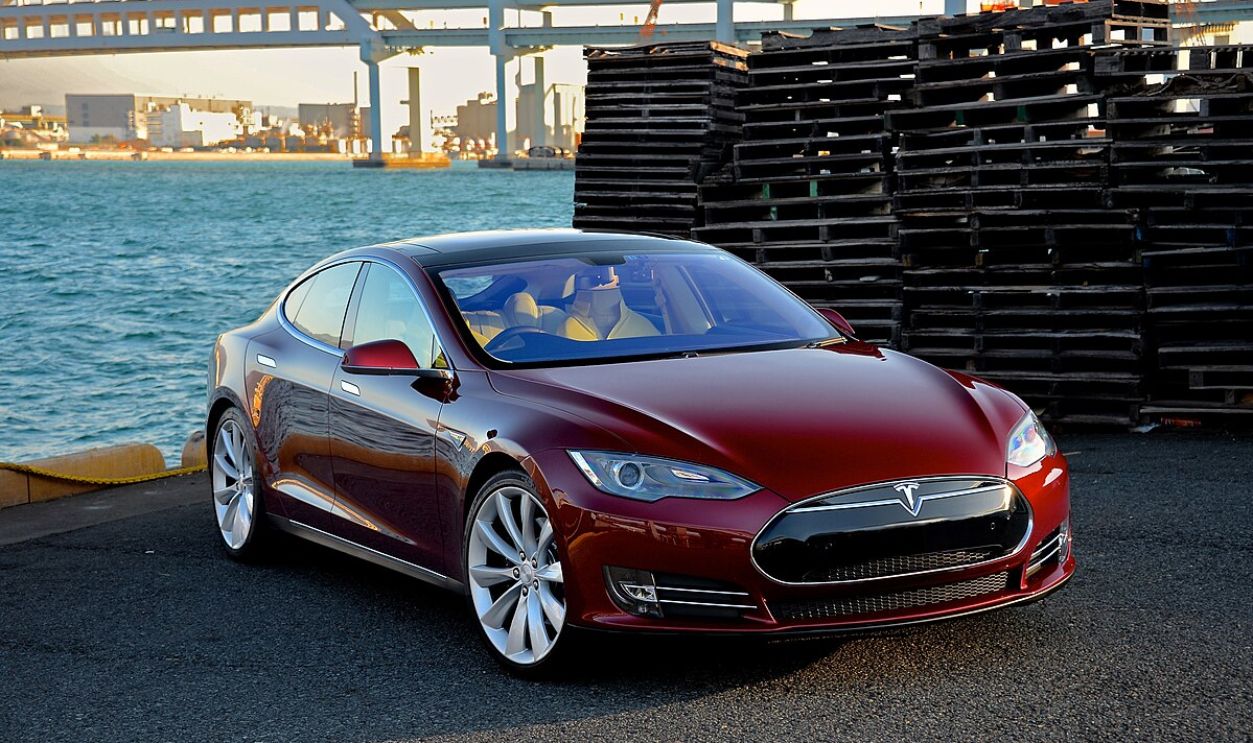 raneko, CC BY 4.0, Wikimedia Commons
raneko, CC BY 4.0, Wikimedia Commons
Toyota Prius (1997)
Initially labeled odd and uninspiring, the Prius defied expectations and became the poster child for hybrid cars. Exceptional fuel economy and eco-consciousness won over skeptical drivers worldwide gradually, especially after the release of the second generation to become an unlikely automotive hero.
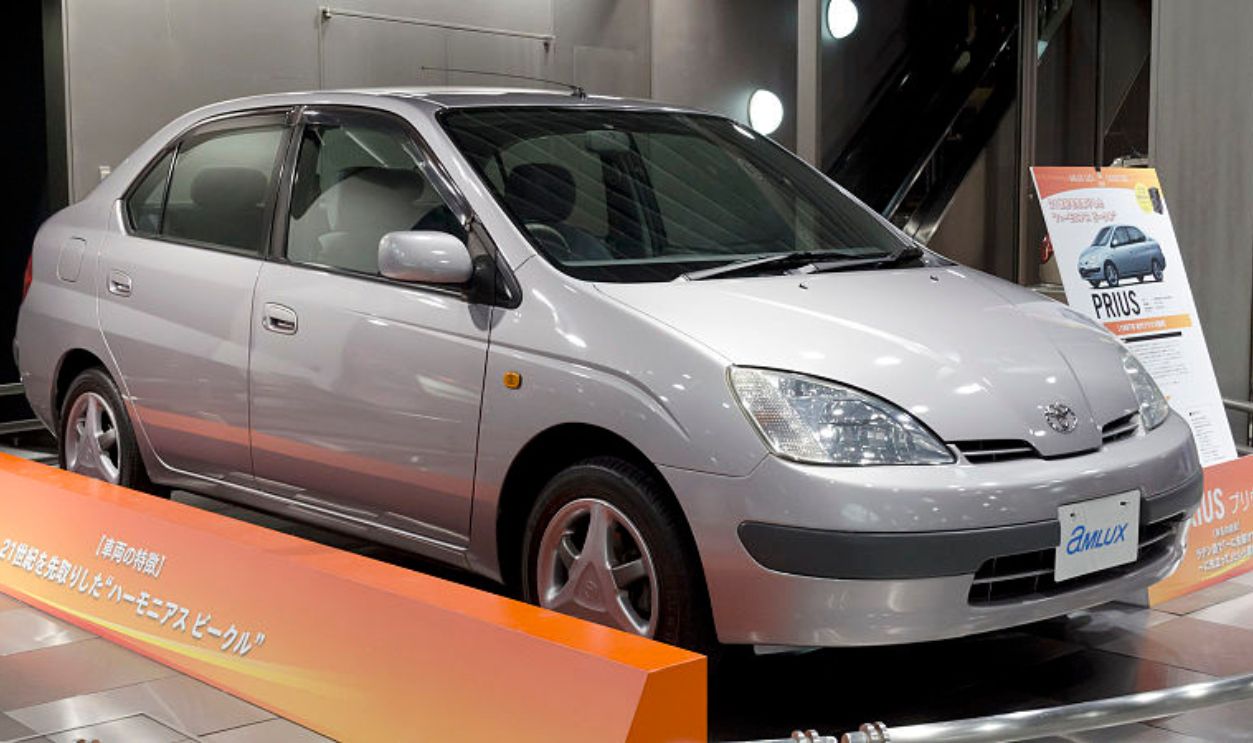 Mytho88, CC BY-SA 3.0, Wikimedia Commons
Mytho88, CC BY-SA 3.0, Wikimedia Commons
Ford Model T (1908)
Henry Ford dreamed big—but a few saw the Model T reshaping society itself. Durable and affordable, it put America on wheels. Exceeding wildest expectations, it revolutionized manufacturing with assembly-line production, creating mass mobility. Thanks to Model T, owning a car was no longer a dream.
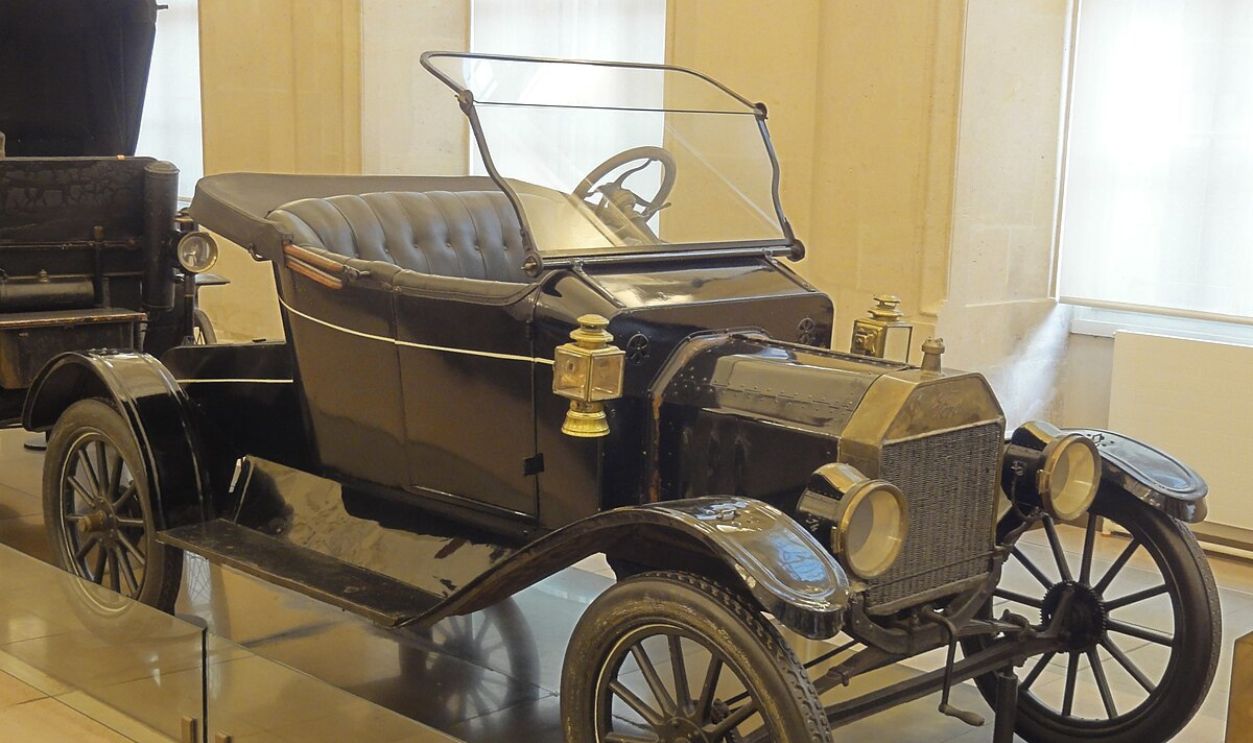 Pierre Poschadel, CC BY-SA 3.0, Wikimedia Commons
Pierre Poschadel, CC BY-SA 3.0, Wikimedia Commons
BMW 2002 (1968)
BMW struck gold unexpectedly with the sporty yet practical 2002. Compact and quick, it blended everyday usability with spirited performance. Enthusiasts and average drivers agreed: practicality could be thrilling. This unassuming sedan set BMW's identity, paving the road for decades of ultimate driving machines.
Volkswagen Beetle (1938)
Designed as simple, inexpensive transportation, nobody expected the humble Beetle to charm the world. Its quirky looks and approachable personality appealed to drivers globally. Volkswagen's little "Bug" exceeded every expectation, becoming the automotive icon of counterculture and proving that simplicity could be the greatest selling point of all.
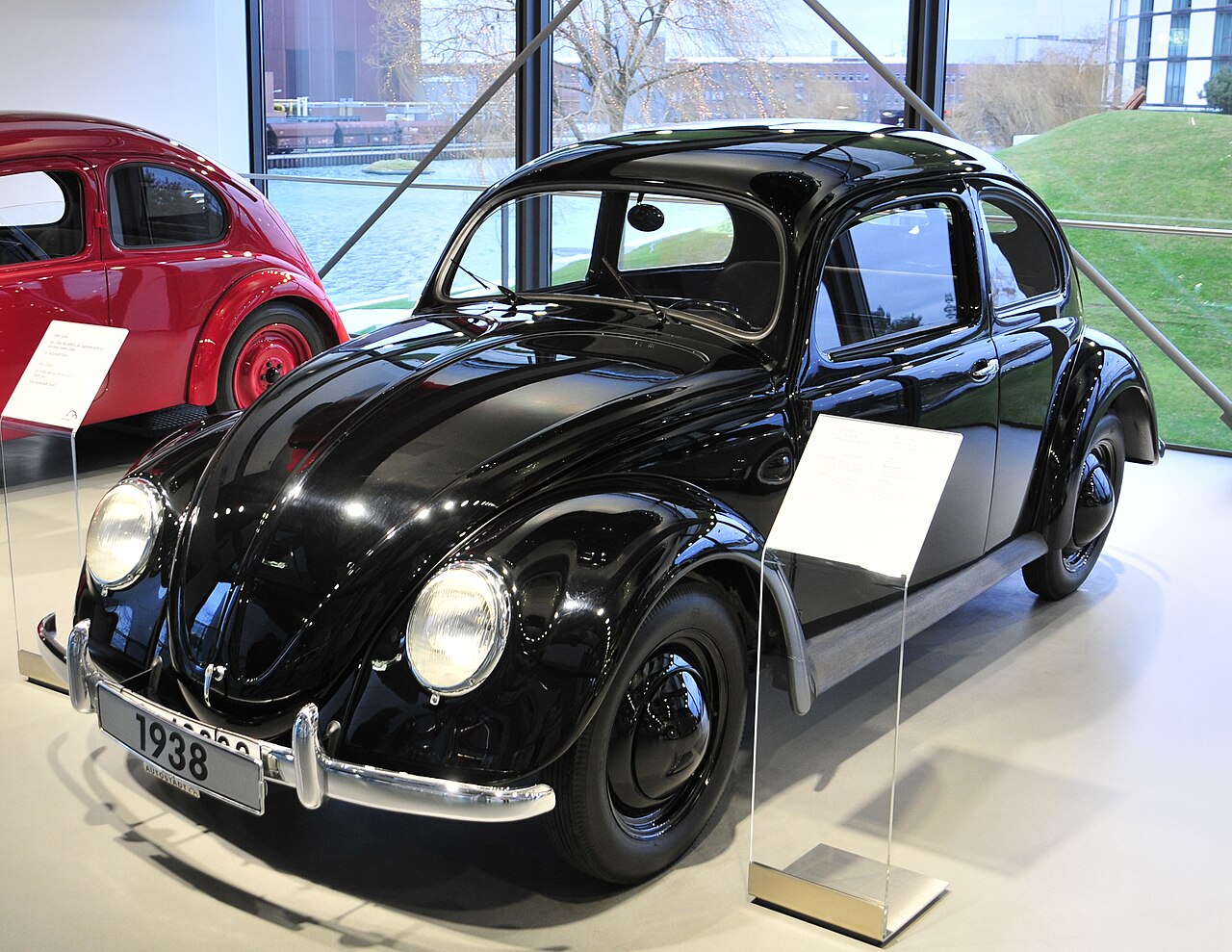 Ralf Roletschek, CC BY-SA 3.0, Wikimedia Commons
Ralf Roletschek, CC BY-SA 3.0, Wikimedia Commons
Mini Cooper (2001)
Reviving the classic Mini felt risky. Yet the reborn Mini Cooper surprised everyone, mixing retro charm with go-kart handling and cheeky personality. Small in size but huge in appeal, it captured imaginations and demonstrated that sometimes looking back can move you forward—fast and stylishly.
 Kieran White from Manchester, England, CC BY 2.0, Wikimedia Commons
Kieran White from Manchester, England, CC BY 2.0, Wikimedia Commons
Ford Mustang (1964)
Ford expected modest sales, but the Mustang galloped straight into American hearts to create a new category: the pony car. Stylish and power-packed, it shattered sales predictions. From movie screens to main streets, this instant classic proved America wanted performance and style without breaking the bank—big time.
Porsche 911 (1964)
Originally seen as an odd replacement for Porsche's successful 356, the rear-engined 911 faced skepticism about stability and practicality. However, its thrilling performance and unmistakable silhouette quickly silenced doubters. This sports car became a legend, wildly surpassing Porsche's modest expectations to shape an iconic automotive dynasty.
Citroen 2CV (1948)
Citroen launched the 2CV as a bare-bones transport for French farmers, and critics even called it too primitive. Yet its versatility and comfortable ride made it beloved across social classes. Surpassing expectations, the 2CV became iconic for turning simplicity into sophistication and changing France's automotive world forever.
 1948 Citroen 2CV - Geneva Classic Motor Show 2024 by Automobile Classics
1948 Citroen 2CV - Geneva Classic Motor Show 2024 by Automobile Classics
Chevrolet Corvair (1960)
GM's unconventional, rear-engine Corvair challenged American norms but faced skepticism right away. Yet its compact design and affordable performance won loyal fans. Despite initial controversies, Corvair unexpectedly became a cult classic, proving innovation—even when controversial—can carve out its own surprising legacy in automotive history.
 Michael Barera, CC BY-SA 4.0, Wikimedia Commons
Michael Barera, CC BY-SA 4.0, Wikimedia Commons
Saab 900 Turbo (1978)
Saab's quirky styling and turbocharged engine raised eyebrows initially, but its impressive handling and unique charm quickly won over skeptics. Drivers discovered Scandinavian flair and an exhilarating boost in one package. The 900 Turbo transformed Saab's reputation by putting turbocharging firmly onto mainstream automotive maps.
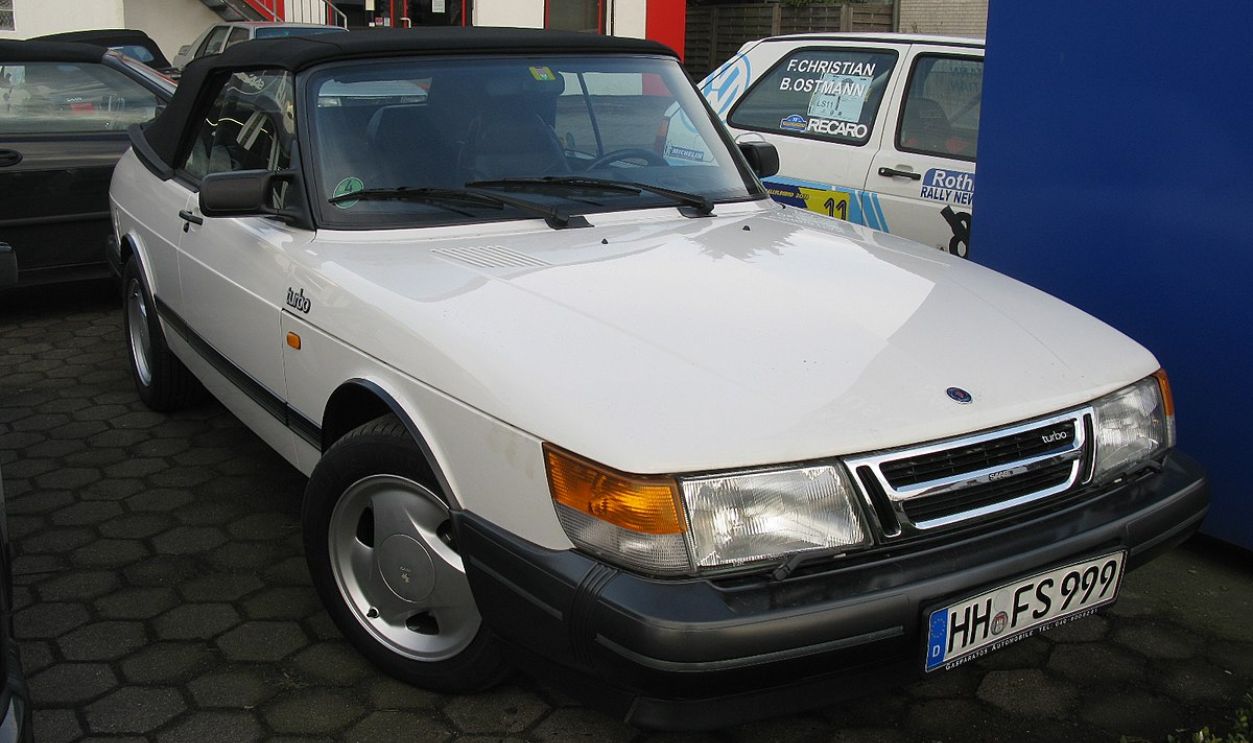 nakhon100, CC BY 2.0, Wikimedia Commons
nakhon100, CC BY 2.0, Wikimedia Commons
Dodge Caravan (1984)
No one expected Dodge's boxy Caravan to revolutionize family transportation. Yet this affordable, practical, front-wheel-drive minivan soared in popularity to become America's go-to family hauler overnight. Chrysler had underestimated its own creation—proving that boring could be brilliant, and practicality could indeed reshape how families traveled together.
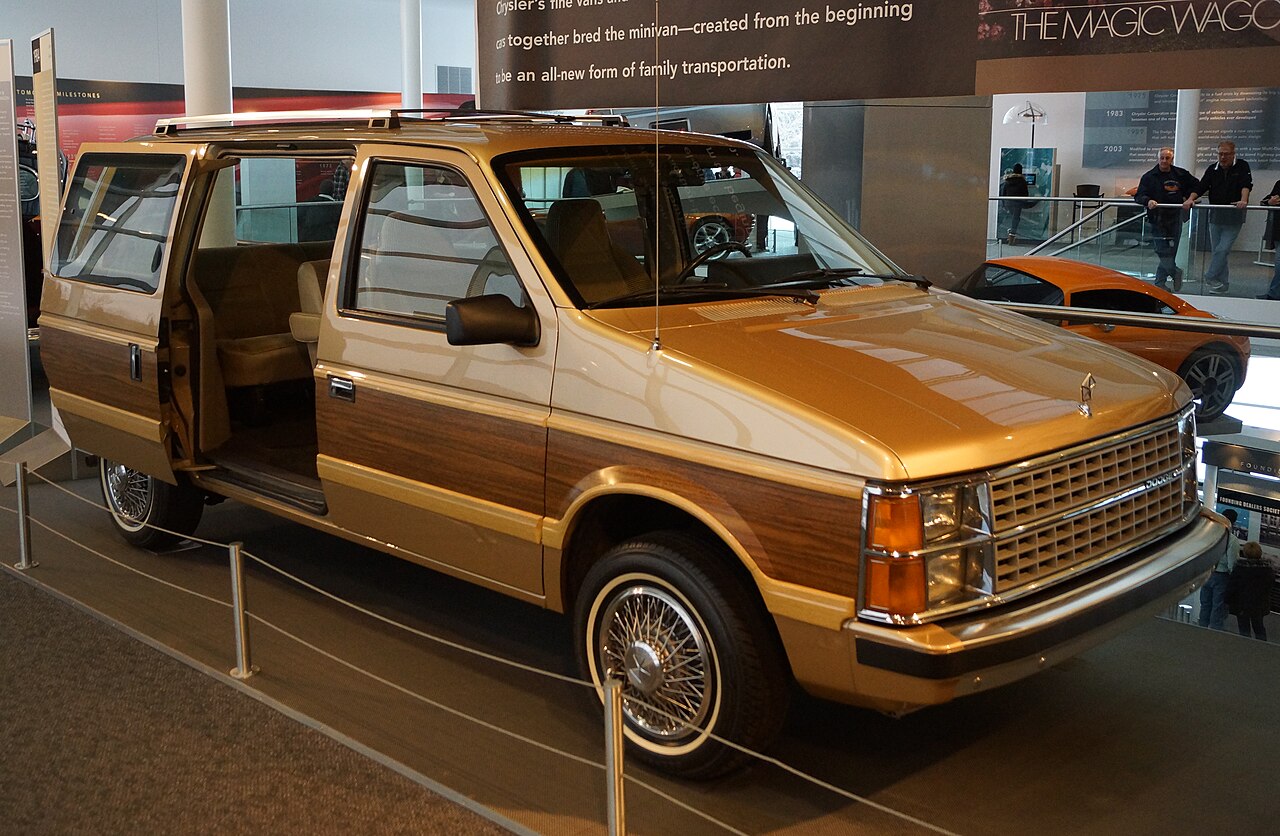 Greg Gjerdingen, CC BY 2.0,Wikimedia Commons
Greg Gjerdingen, CC BY 2.0,Wikimedia Commons
Lexus LS400 (1989)
A luxury Toyota sounded absurd until Lexus debuted the LS400. With quiet refinement, unmatched reliability, and affordable luxury, it stunned industry insiders. Mercedes and BMW faced real competition from Japan. Defying all doubts, the LS400 changed the luxury car game forever by unexpectedly redefining what elegance meant worldwide.
Audi R8 (2006)
Audi building a legitimate supercar? Skeptics laughed—until the R8 launched. Combining daily driver comfort and genuine supercar performance, it astonished even the harshest critics. Audi's unexpected masterpiece instantly elevated its brand, proving Germany's practical automaker could deliver thrilling, exotic performance without compromising everyday usability.
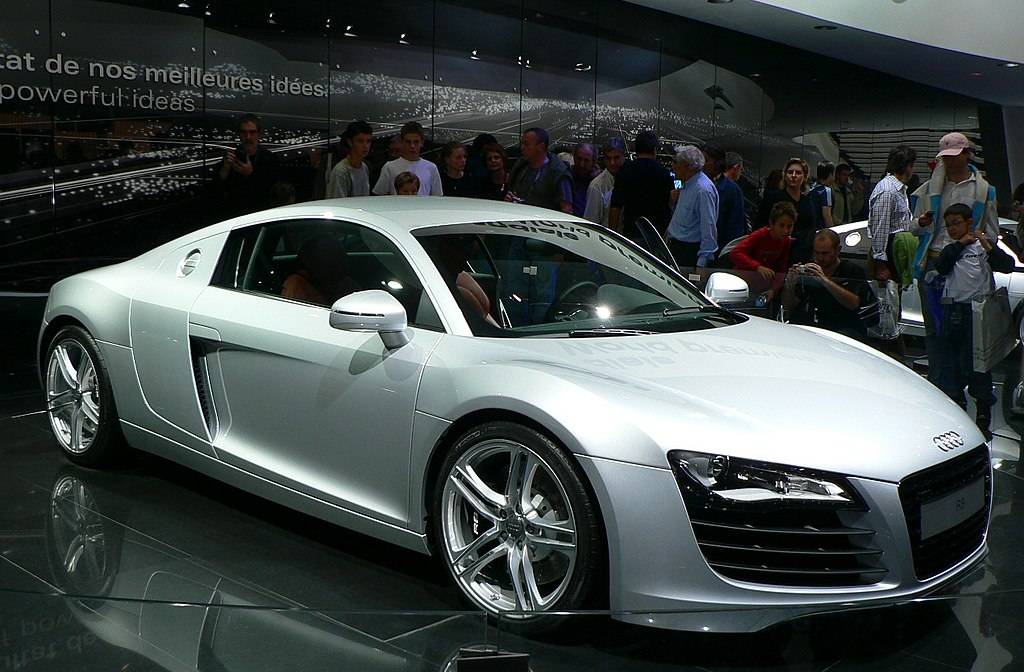 eyOne, CC BY-SA 3.0, Wikimedia Commons
eyOne, CC BY-SA 3.0, Wikimedia Commons
Hyundai Genesis Coupe (2009)
Few imagined Hyundai as sporty or exciting—until the affordable Genesis Coupe appeared. Its sharp handling, rear-wheel-drive dynamics, and lively performance made critics reconsider Hyundai's capabilities. Exceeding expectations, it demonstrated Korea's potential in performance cars to show that the automaker's ambitions went far beyond just economy sedans and crossovers.
 2009 HYUNDAI GENESIS COUPE by IM MOTOR GROUP
2009 HYUNDAI GENESIS COUPE by IM MOTOR GROUP
Alfa Romeo Stelvio (2016)
An Alfa Romeo SUV? Enthusiasts were skeptical—until they drove it. Combining Italian style, thrilling handling, and Ferrari-derived performance, the Stelvio astonished drivers everywhere. Alfa's daring SUV gamble paid off spectacularly, and it sold 43,000 units in 2018 to become Alfa Romeo’s best-selling model.

